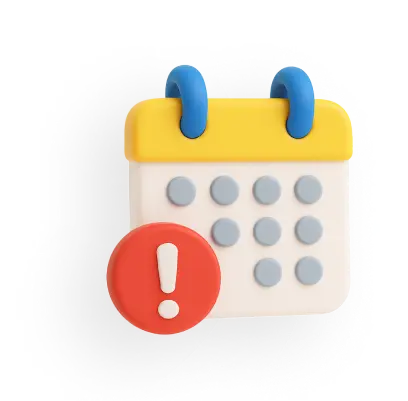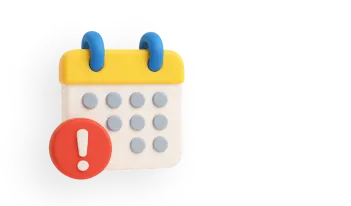Demand Draft Validity: How Long is a Bank DD Valid in India?
Demand drafts are the safest and most reliable option for transferring money from one bank to another. Banks issue demand drafts on behalf of payers (the person who needs to pay money to another) to transfer money to the respective bank accounts of payees (the person to whom money needs to be paid).
Unlike cheques, demand drafts do not bounce because the amount has already been paid by the payer to the bank or debited from the payer’s account to be credited to the payee.
Continue reading this article to learn more about the demand draft validity, expiration, and other aspects of demand drafts.
What is Demand Draft?
A demand draft (DD) is an important financial instrument that enables a bank to transfer money from one account to another, guaranteeing immediate payment during times of need. Customers prefer demand drafts because they are safe and secure.
For issuing a DD, a customer pays the demand draft amount to the bank, which then issues a demand draft for the deposited amount in the beneficiary’s name. Once the bank deducts the funds from either a customer’s account or receives cash, this amount is set aside. These funds are then transferred to the beneficiary’s account when they present the DD for payment.
Because of the ease and convenience with which demand drafts work, it is preferred by many applicants. Even if you do not have an account with an issuing bank, you can get a demand draft issued with ease by filling out a single DD form.
However, to initiate a transaction, make sure to fill out this application form with all relevant details. The demand draft application form can also be downloaded online from the bank's official website or collected from its local branch.
Demand Draft Validity Period
The demand draft validity period is usually 3 months from the date of issuance of the draft. If not used within this period, the DD becomes invalid. However, the validity period of DD varies from one bank to another, considering the amount issued and the location of the transaction. After the validity period, demand drafts expire, requiring you to ask for an extension from the issuing bank.
What Happens if a DD Expires?
A demand draft remains valid for 3 months. After its expiry, the drawer must request his/her bank to refund the money or extend the demand draft's validity for another 3 months. Otherwise, funds are not returned even if they are drawn from the drawer's bank account.
Therefore, a DD’s drawer should visit his/her bank to revalidate a demand draft. This is because, other than the drawer, no one else can revalidate the draft. Most importantly, demand drafts cannot be revalidated for a second or third time after they expire.
How Long Does it Take for DD to Clear?
The time it takes for a demand draft to clear depends on several factors, including the location of the drawer's bank, the payee's bank, and the amount of transferred funds. Usually, it takes 2-3 working days for a demand draft to clear and for funds to be credited to the payee's account.
As a payee, depositing the demand draft within the stipulated time frame is of utmost importance, as well as mentioning all relevant and correct details to avoid further delays in the fund-clearing process.
A demand draft is a reliable and secure method of transferring funds immediately. Because of its safety and other distinguishing features, it is a safe and convenient option for customers. As you can issue demand drafts online and offline, you can make safe and reliable payments to anyone, anywhere.
Related Articles:
What is Account Payee Cheque & How to Write It?
What is a Post Dated Cheque
What is Account Payee Cheque & How to Write It?
What is MICR Code on Cheque
How to Fill Cheque
Cheque Book Request Letter
Demand Draft vs Cheque
Frequently Asked Questions



